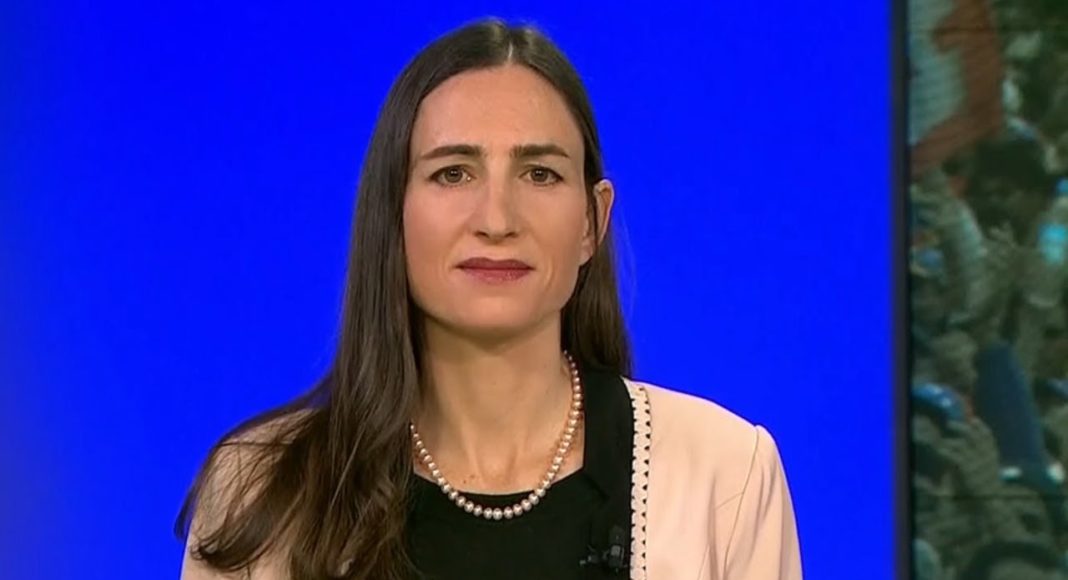With approximately 9 billion barrels of oil equivalent and counting, Guyana is forging ahead as a major oil producer with experts saying the country is on course to become one of the largest sources of non-OPEC oil supply in the coming years.
The South American country became an oil producer just a year ago with the start of production at the ExxonMobil-operated Stabroek block. Already, two other projects – Liza Phase 2 and Payara – are set to come on stream in 2022 and 2024 respectively, pushing production beyond 500,000 barrels per day (bpd).
“Guyana, even on a global scale, looks like a strong player compared to other producing countries,” said Lisa Viscidi, Director of the Inter-American Dialogue’s Energy, Climate Change and Extractive Industries program.
By the end of the decade, the country, which had no known hydrocarbon resources just 5 years ago, will be producing upwards of 1 million bpd with an average of one new FPSO being added each year.
“So…in a couple of years this would place Guyana as one of the largest sources of non-OPEC supply growth. So, that’s very important,” Viscidi pointed out, noting that there remains significant potential for more resources to be discovered.
She said the breakeven cost to produce oil in Guyana is very competitive and this is playing a key role in the resilience of the offshore exploration and production programme.
The Liza Phase 1 development has a breakeven of around $35, Liza Phase 2 – $25 and Payara, the third offshore development – $32.
“These are much more competitive than a lot of other areas, like a lot of shale in the U.S., shale in Argentina and they are below what oil prices are right now,” she said. “I would say some of those higher-cost producers would probably lose market share to an emerging player like Guyana.”
Consultancy firm IHS Markit has said that projects to recover as much as 16 billion barrels of oil reserves across Latin America, pegged at a breakeven cost of about $40/bbl, could be delayed or abandoned in the depressed oil price environment. These projects all have final investment decisions, or FIDs, expected between 2020 and 2022.
According to analysts at Wood Mackenzie, for global projects already in the development pipeline, only those companies with the strongest balance sheets — the oil majors — will even consider making FIDs.



